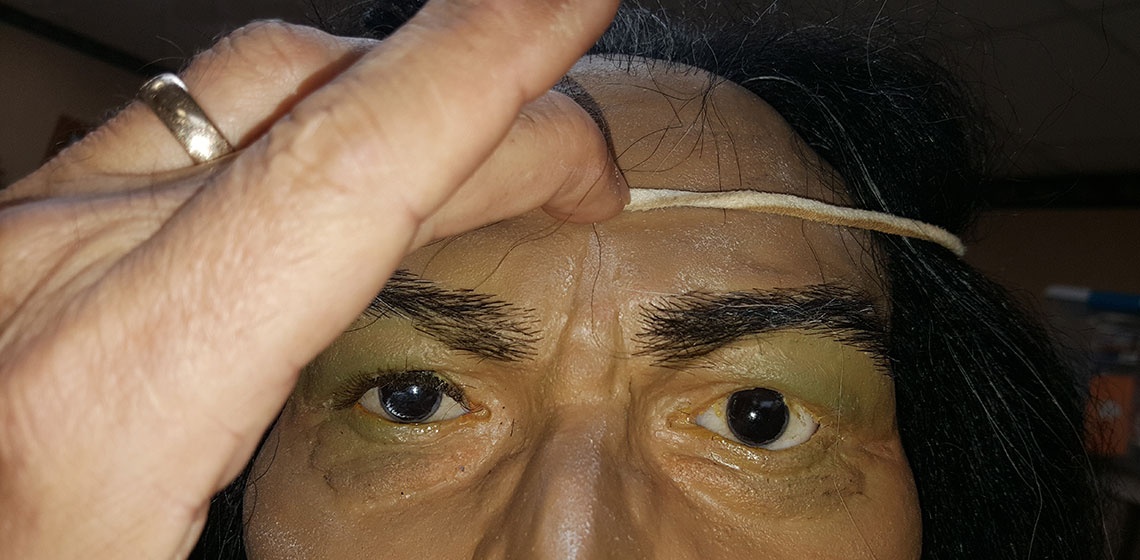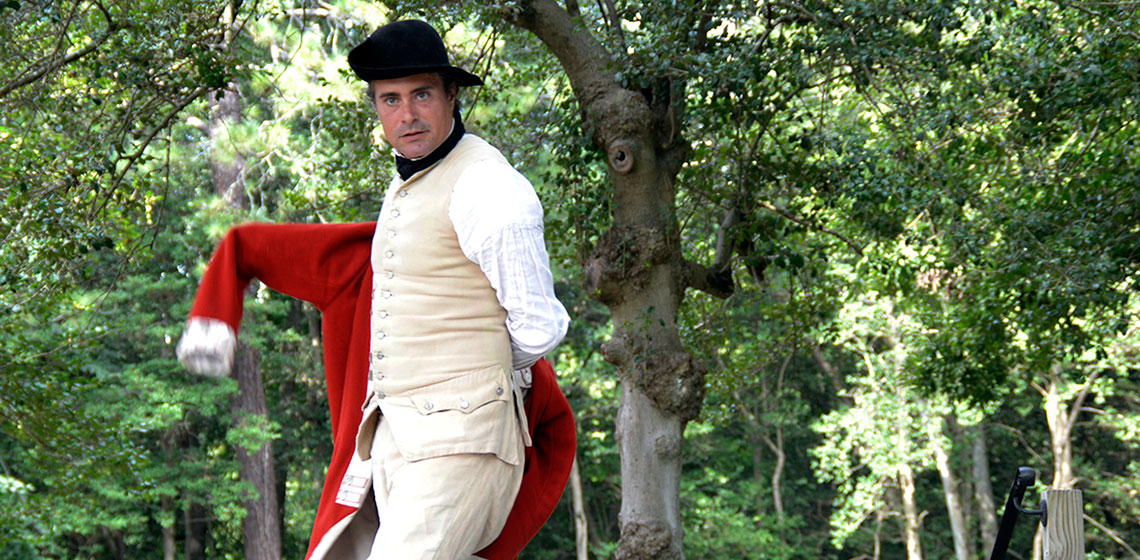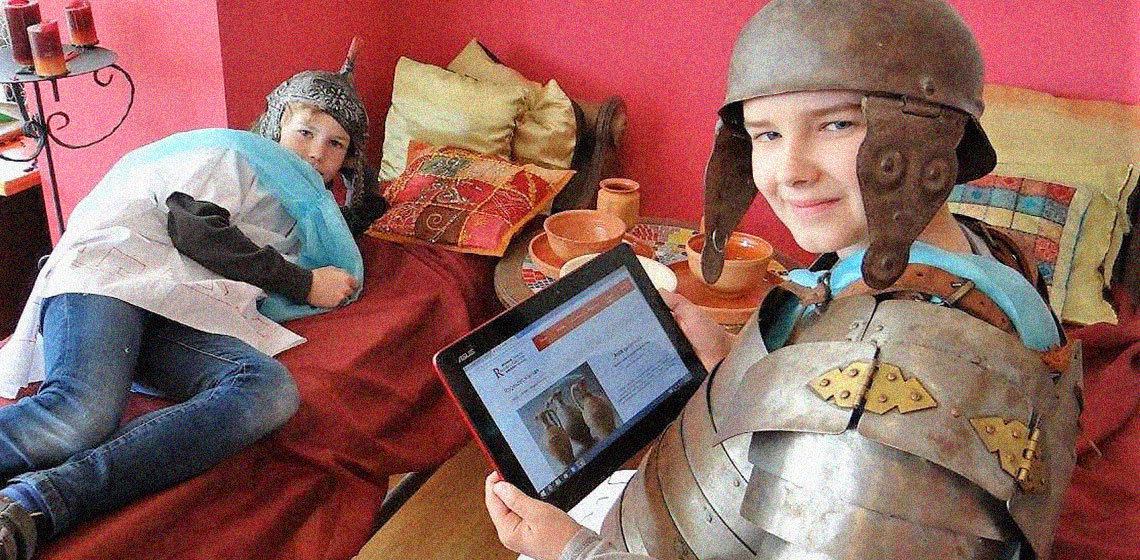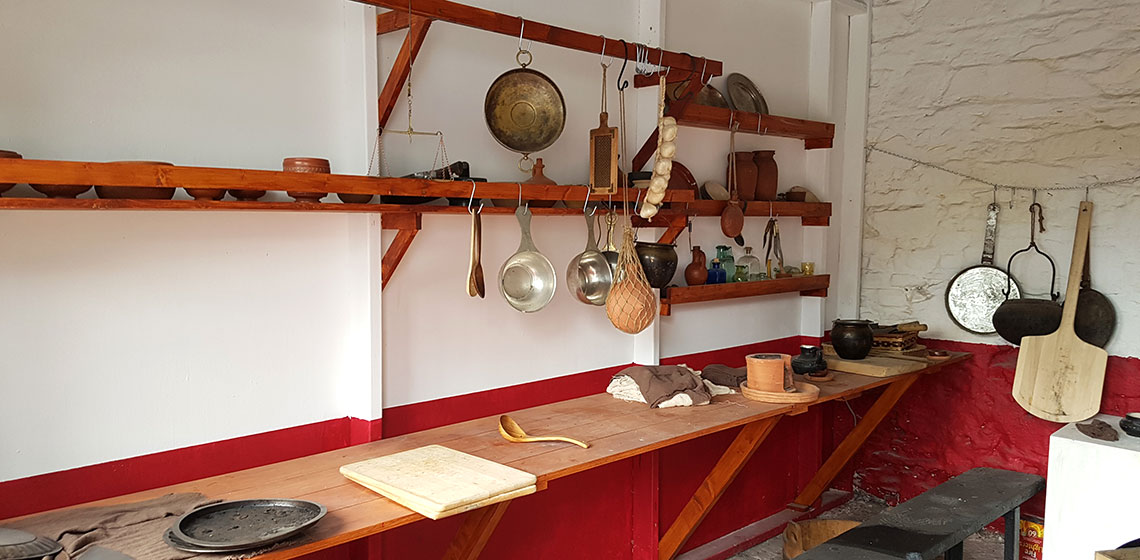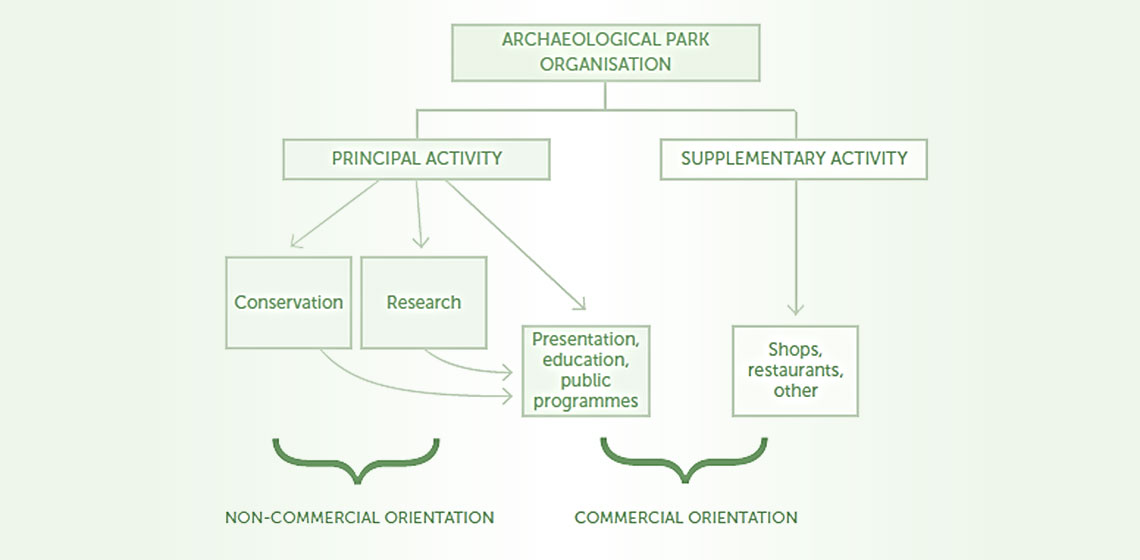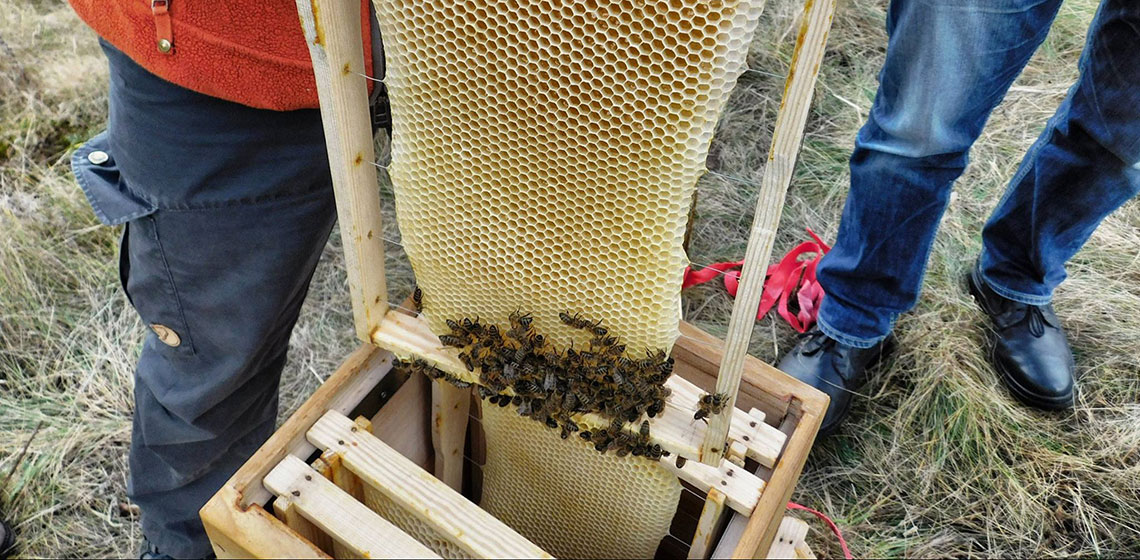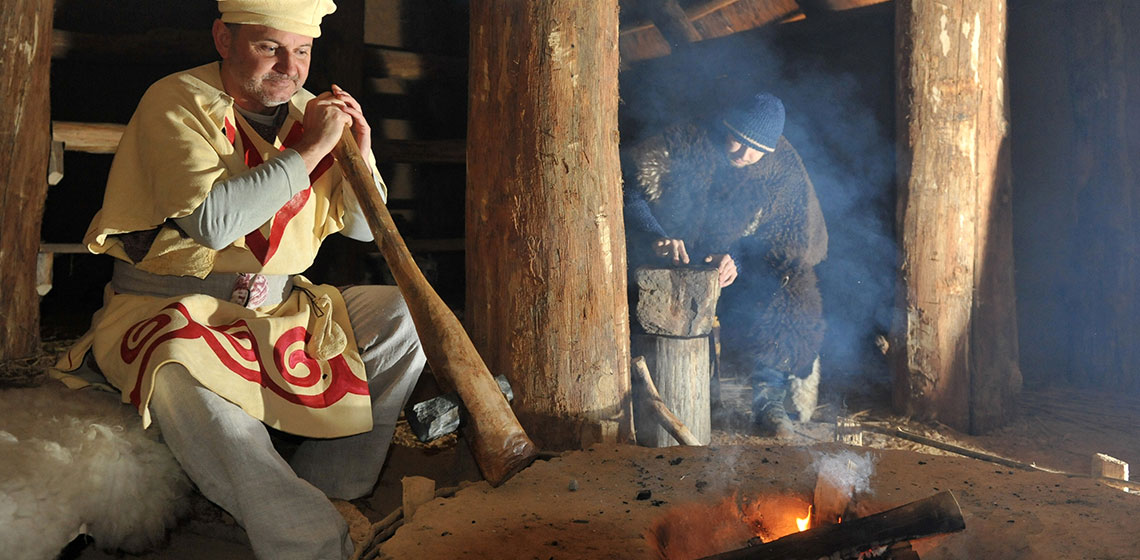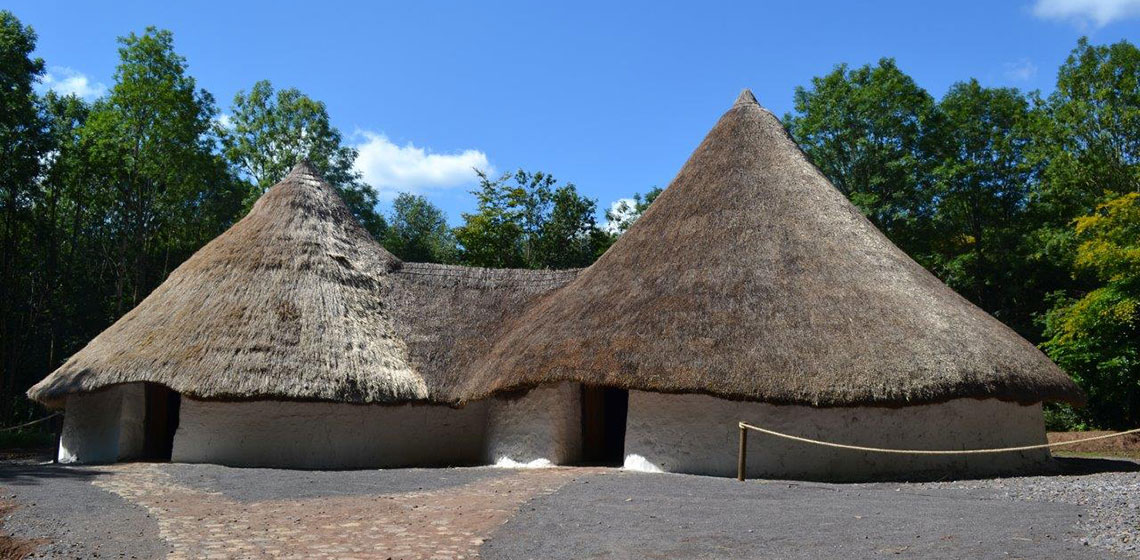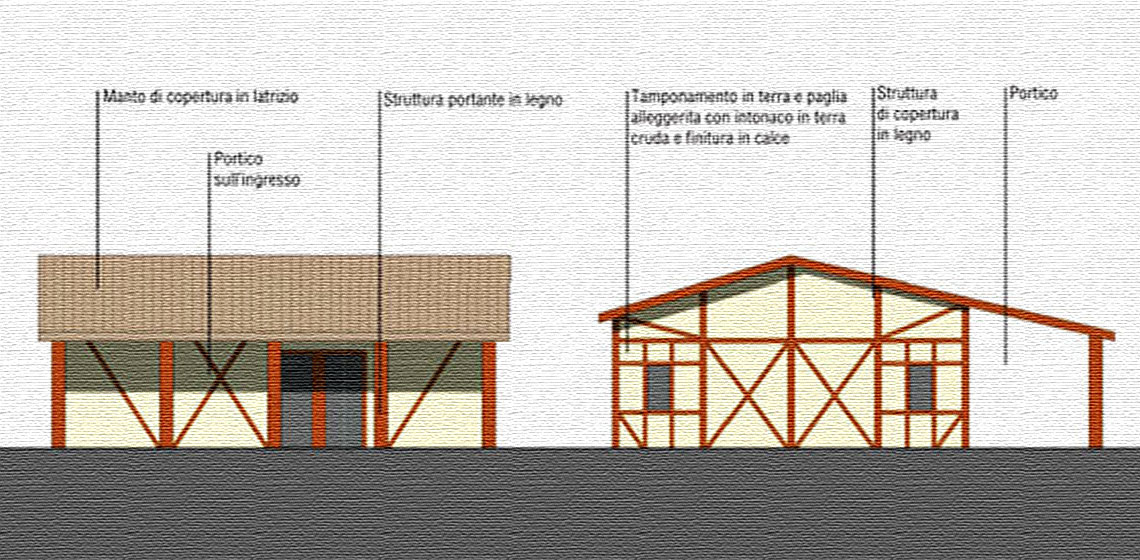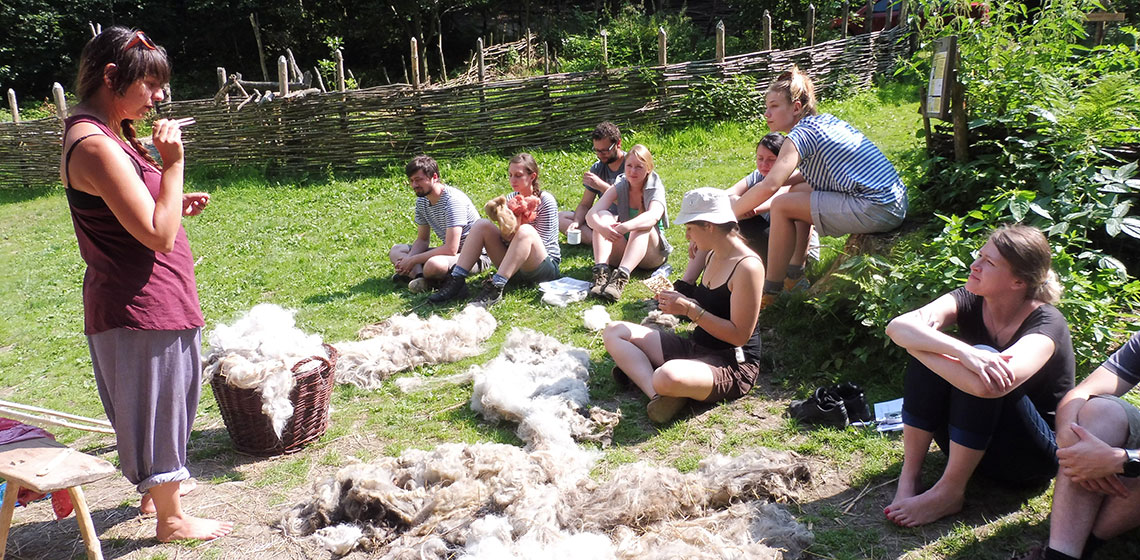Archaeological Open-Air Museum
History in Motion: Colonial Williamsburg
Vacation in the Past - Effective Heritage Interpretation through Education
***Heritage sites are breathing memories from the past; however, visitors can hardly imagine or experience the ancient life on the spot. In fact, these visits are supposed to conjure up journeys back into the past and park managers should facilitate such experiences by the most effective means possible in order to help tourists gain...
Castrum Corcagiensis - Roman Experimental Archaeology in Ireland
Build It and They Will Come: Managing Archaeological Open-Air Museums in Britain for Stability
Prehistoric Beekeeping in Central Europe - a Themed Guided Tour at Zeiteninsel, Germany
“Days of Living Archaeology” at the Prehistoric Archaeopark Vsestary, Czech Republic
Museums as Good Places
It was a bold and challenging brief. The trustees decided to commission two alternative reports. They invited Patrick Geddes, the pioneering biologist, sociologist, environmentalist, social reformer and city planner, to produce one of these, and T. H. Mawson the other. For Geddes, this was an opportunity to bring together his life's work across many disciplines in one visionary scheme. He spent months, with the assistance of a photographer, recording almost every square yard of the city, before submitting his plan.

